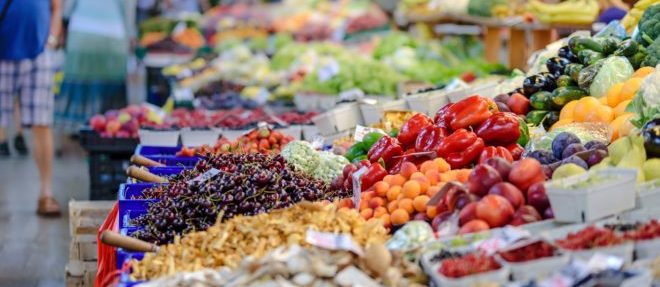Originally published in RetailDive
By Suzanne Jones
Amazon’s purchase of Whole Foods two years ago may have spooked grocery store chains. But it’s what the company is doing today that should make all retailers think hard about how they are or aren’t meeting their customer’s needs.
Everyone in the industry is by now familiar with Amazon Go, the small, cashier-less convenience store that totals more than a dozen locations. Less well known is the degree to which the stores are a testbed for what could be a full-scale assault on the market.
According to a recently-released report, the project that would eventually become Amazon Go wasn’t initially aimed at any one industry. Amazon wanted to break into physical retail, but it didn’t know whether that meant competing with Macy’s for clothes and accessories, Best Buy for electronics or any other store selling other kinds of product, so it spent years and millions of dollars looking for a sector that was underperforming.
The point wasn’t to compete with one group in particular. It was just to compete.
I’ve spent my entire career studying how shoppers are both delighted and frustrated by the retail experience. And Amazon’s foray into yet another new world is proof to me that if retailers aren’t constantly thinking about shifting customer expectations, someone else will.
It’s easy to see why Amazon eventually settled on grocery stores. In general, they’ve been slow to adjust to the “customer comes first” experience that guides all thinking at one of the most valuable companies in the world.
But the fact is that all retailers are in a very tight spot right now — grocery stores just happen to offer many obvious proof points. The process of optimizing the retail industry’s most important metric, sales per square foot, has absolutely been turned on its head in the last decade, as more and more shoppers stay home and buy online. It’s also why the number of retail closures continues to break records year after year.
If you walked through any given grocery store a decade ago, for example, there was an entire aisle dedicated to diapers, another for paper towels, and maybe another for toilet paper. But today that thinking no longer works. Many consumers now get those items by subscription and have it show up on their doorsteps every month.
This subscription model represents a tremendous shift from a retailer’s perspective, impacting even how much real estate they need and how to use it. But the lesson of Amazon’s emergence reveals that no one is adjusting nearly fast enough.
All this is happening amid the broader emergence of the experience economy, with a significant increase in shopper expectations. Retailers are now expected to engage and entertain shoppers while doing everything they can to avoid delaying them. Hence Amazon Go’s lack of cashiers, the traditional bottleneck in any physical retail store, which has earned rave reviews from consumers.
So how can a brand offer relevance and meet the customer where they live today?
Tell a story: Retailers need to understand that to truly take a storytelling approach, the consumer always has to be the hero of the story. What makes the story interesting is the problem you’re trying to solve. It could be something as simple as a grocery store offering two products that don’t always share a shelf, such as salad dressing, greens and croutons, to make clear you’re considering the intuitive ways in which they might shop, rather than the way things have always been done. Or, for a more extreme example, take note of the number of grocery stores, especially Amazon-owned Whole Foods, now featuring gardens or entire farming operations under (or sometimes on top of) their roofs. No matter how you do it, start with the solution you’re offering the customer and go from there.
Get retail news like this in your inbox daily. Subscribe to Retail Dive:
Get outside the merchandising box: As modern retailers and brand owners, we’ve all accepted that the customer wants it all — convenience, value and experience. And there are great examples of retailers executing this high-wire act. Sheetz is both a convenience store and a made-to-order quick-serve restaurant. Hyvee and Wegmans have high-quality dine-in options while expediting shopping with their own versions of click-and-collect.
This type of nimble multitasking is possible if you’re willing to never stop learning. Conduct small experiments and then squeeze as much learning from them as possible — from retail metrics to feedback from store personnel.
Tweak, optimize and scale is a hard habit to get into. But if you always do it with the customer in mind, you won’t just survive, you’ll compete.
Suzanne Jones is vice president of The Hershey Experience.

